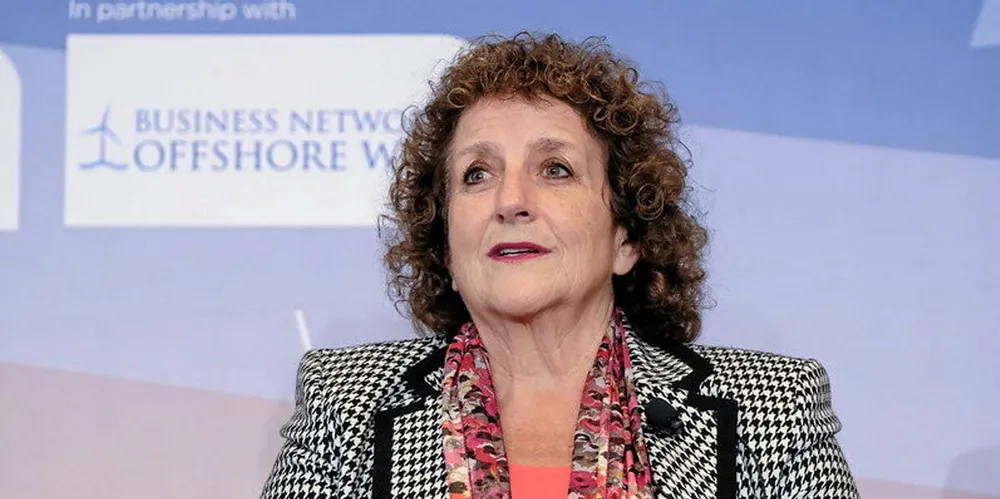US floating wind player Trident files to build gigascale Washington state megaproject
Developer headed by industry veteran Alla Weinstein submits 'unsolicited lease request' for 2GW Olympic Wind located in 500-1,300 metres of water 70km off in Pacific Ocean
